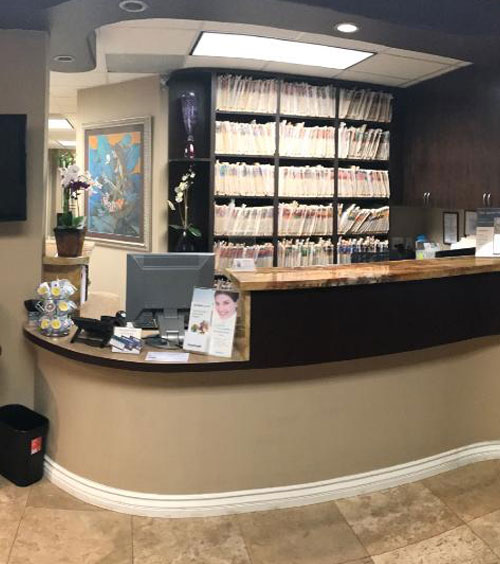Bone Grafting for Dental Implants
Dental implants are one of the most popular and effective tooth replacement solutions available today. Some people who may benefit from dental implants, however, do not have enough bone beneath the gum line for the implants to be placed successfully. Without sufficient bone volume in the jaw, a dental implant may be unstable or it can encroach onto other vital structures, such as nerves in the bottom jaw or the sinuses in the upper jaw, which can lead to discomfort.
What is bone grafting?
Much in the same way that gum tissue can be restored with soft tissue grafts, the same can be said for patients who suffer from bone loss. Bone grafting is used to restore a large amount of bone tissue that has deteriorated whereas bone augmentation is used to replace a small amount of bone tissue.
Bone in the jaw is kept strong and healthy when a healthy tooth is in its socket. However, when bone loss occurs, the tooth has less support, can become loose and eventually be lost. Bone grafting and augmentation attempt to regenerate lost bone that supports teeth so dental implants can be used to replace missing teeth.
Bone grafting is a surgical procedure that stimulates the regeneration of one’s natural bone tissue by adding bone or a bone substitute into the jaw. Bone material may be sourced from several different places, including from the patient’s own body, from another organism, or from a lab that specializes in the creation of synthetic biocompatible materials that simulate natural bone. The type of bone graft used is dependent on each patient’s situation and will be discussed with your dentist before your procedure.
Once the bone graft material is placed, it becomes reabsorbed by the body and replaced with natural bone. This process, known as osseointegration, is the primary function that preserves and strengthens the bone, thus stabilizing your dental implants.
Bone grafts may be placed after a tooth extraction, before a dental implant is placed, or during your dental implant surgery, depending on your situation. For some, a bone graft must take place before the implant is placed and left to heal for several weeks or months in order to provide a sturdy foundation for the dental implants. For others, bone grafting can take place at the same time as the dental implant procedure to stabilize and smooth out the bone around each implant. In some rare cases, bong grafting may be needed to repair defects in the natural bone prior to dental implant placement.
If you have been told that your jawbone is not strong enough for dental implants, there is still hope to get the functional, healthy and beautiful smile you’ve always wanted. Contact San Diego Dental Implants & Periodontics today for your initial consultation to see if bone grafting may be the answer you’ve been looking for all along.
Can't Call Us Now?
Complete the form below and a member of our team will contact you at a more convenient time!








